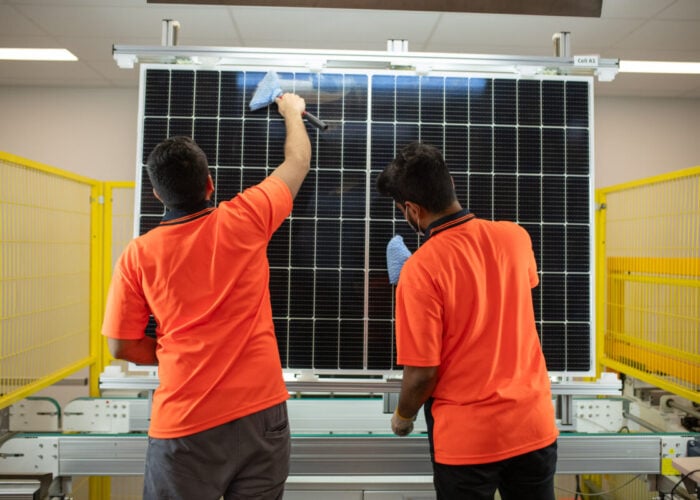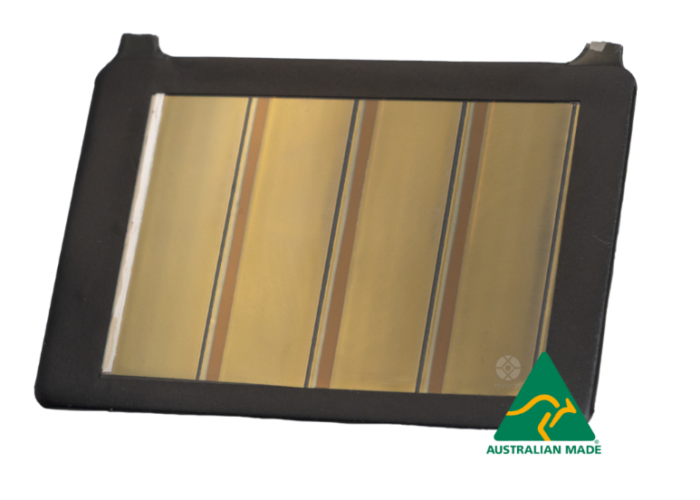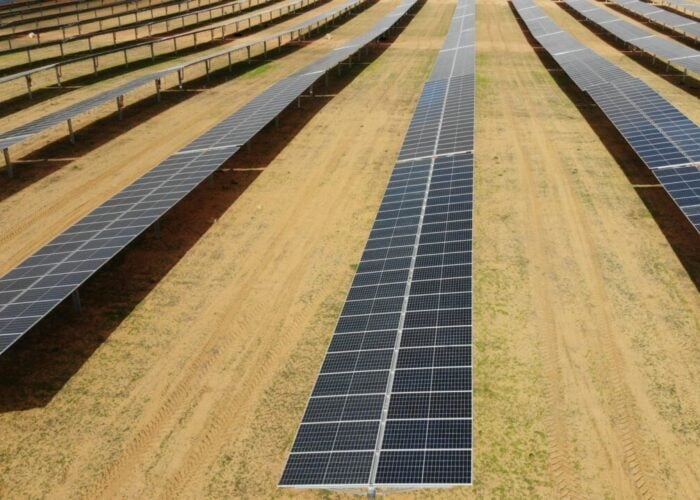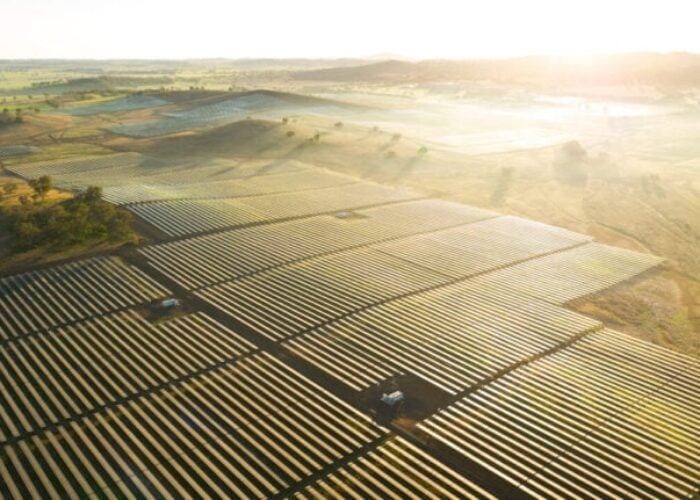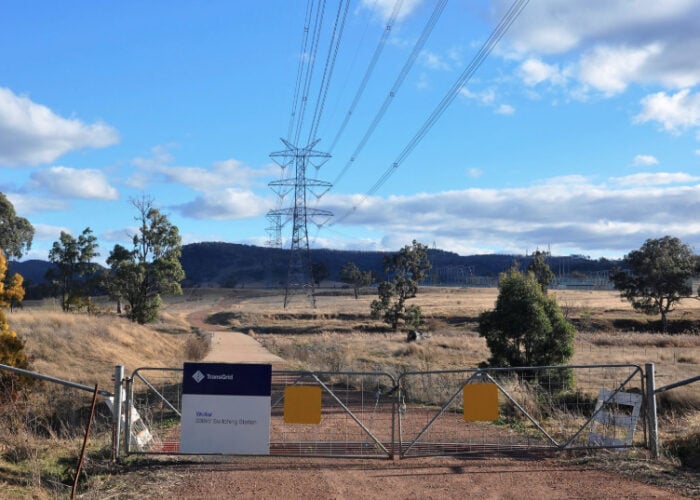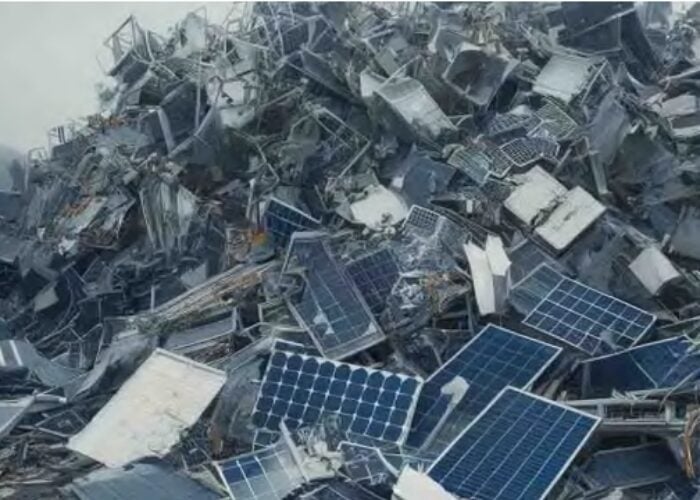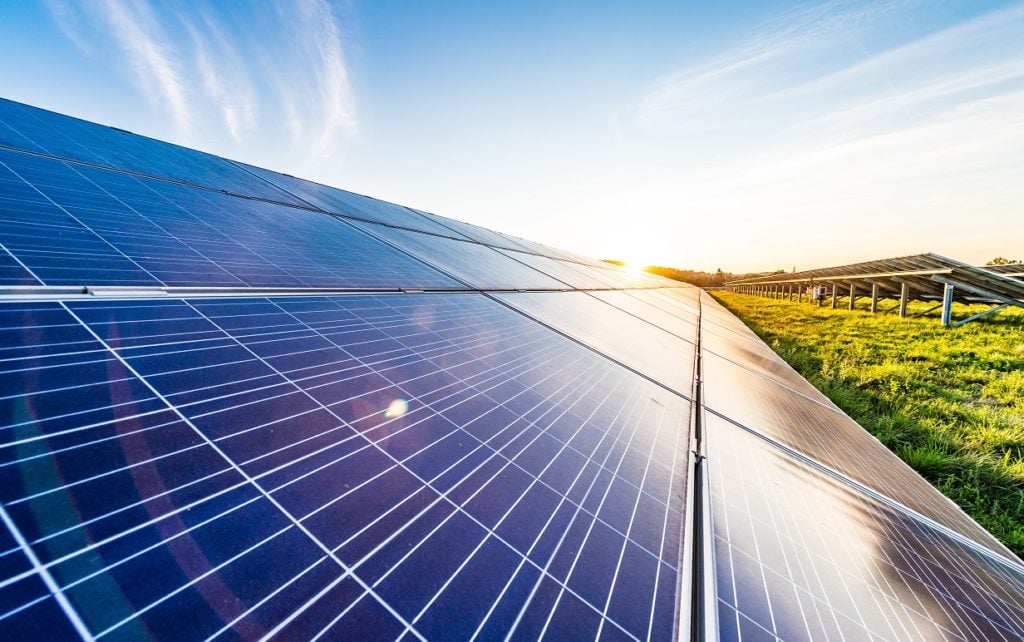
The Australian Renewable Energy Agency (ARENA) has selected three commercial-scale green hydrogen projects that will share in AU$103 million (US$79.7 million) of funding to support their development.
The projects, set to be deployed in Victoria and Western Australia, will feature 10MW electrolysers, making them among the largest renewable hydrogen demonstrations in the world, ARENA said.
Unlock unlimited access for 12 whole months of distinctive global analysis
Photovoltaics International is now included.
- Regular insight and analysis of the industry’s biggest developments
- In-depth interviews with the industry’s leading figures
- Unlimited digital access to the PV Tech Power journal catalogue
- Unlimited digital access to the Photovoltaics International journal catalogue
- Access to more than 1,000 technical papers
- Discounts on Solar Media’s portfolio of events, in-person and virtual
A project from French utility Engie will receive AU$42.5 million and be paired with a solar park to produce renewable hydrogen in a partnership with Yara Fertilisers at an ammonia facility in Western Australia.
Gas company ATCO has secured AU$28.7 million to produce hydrogen for gas blending at another site in Western Australia, while Australian Gas Networks will be provided with AU$32.1 million, also for a gas blending project, at its Murray Valley Hydrogen Park in Victoria.
The three beneficiaries must now satisfy several development conditions and achieve financial close before funding is released, with construction on the installations expected to commence in 2022.
ARENA CEO Darren Miller said the winning projects will help kickstart renewable hydrogen production in Australia at a large scale. “Our hydrogen industry in Australia is in its infancy, so the lessons learned from these three projects – and the entire funding round – will be important in driving our future hydrogen economy.”
Initially announced in 2019, ARENA’s H2 support programme shortlisted seven companies from 36 applicants last year and has since increased the funding envelope to back three projects, rather than the two initially planned.
Trade body the Clean Energy Council welcomed the additional funding and said green hydrogen “can be a critical component” of Australia’s low-emissions future. “The delivery of these projects is critical to the scale-up of Australia’s hydrogen industry. They’ll accelerate our knowledge and capability development and get us on the way to driving down the costs of renewable hydrogen production,” said the Clean Energy Council’s director of energy generation, Anna Freeman.
Australia’s federal government has set a target of producing green hydrogen at AU$2/kg, where it says it would be competitive against hydrogen produced from fossil fuels.
Recent developments in the country’s green hydrogen space have seen Canadian firm Amp Energy reveal plans for a AU$2 billion hub that will feature PV projects linked to a hydrogen facility, while South Australia has secured an emissions reduction agreement with the federal government for areas such as hydrogen.
As governments increase their support for green hydrogen and more projects are announced, research from both the International Renewable Energy Agency and IHS Markit predicts that renewables-powered H2 could be cost-competitive with incumbent methods by 2030.

